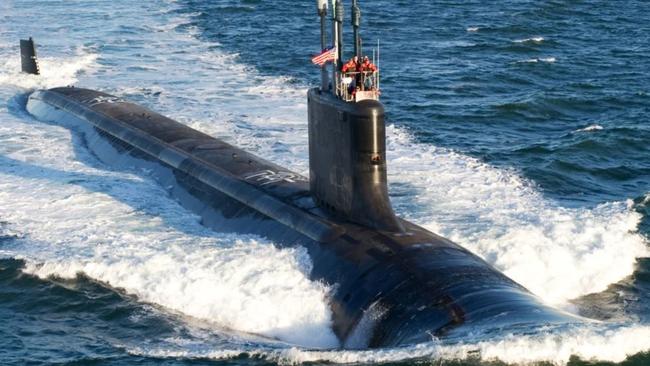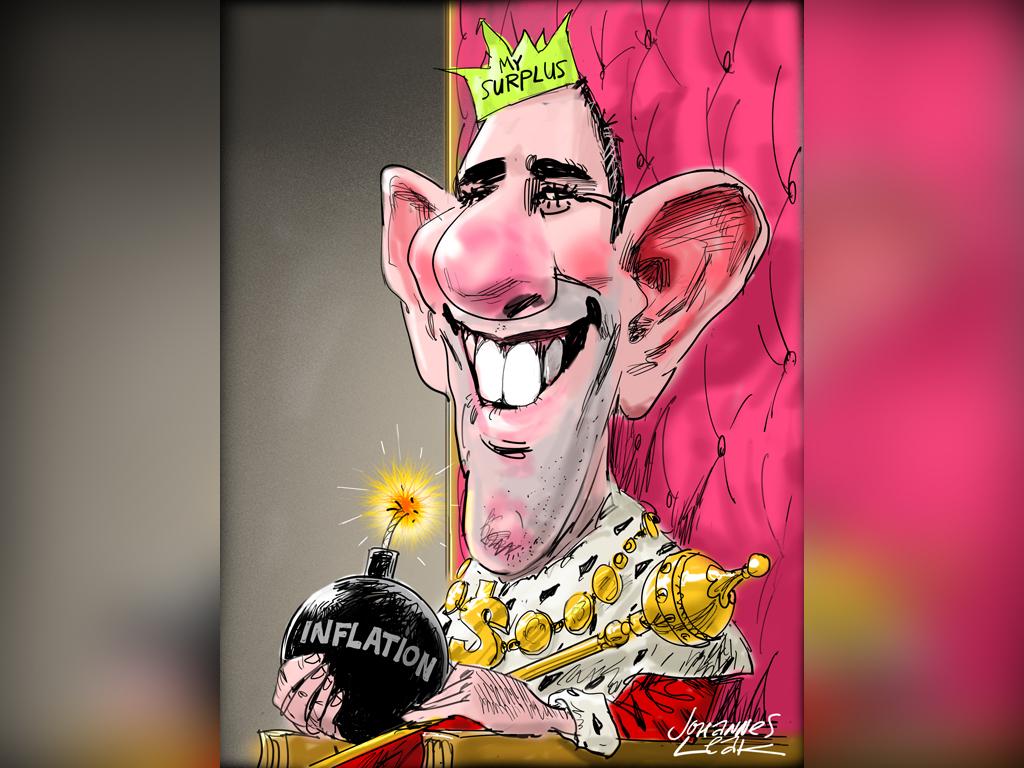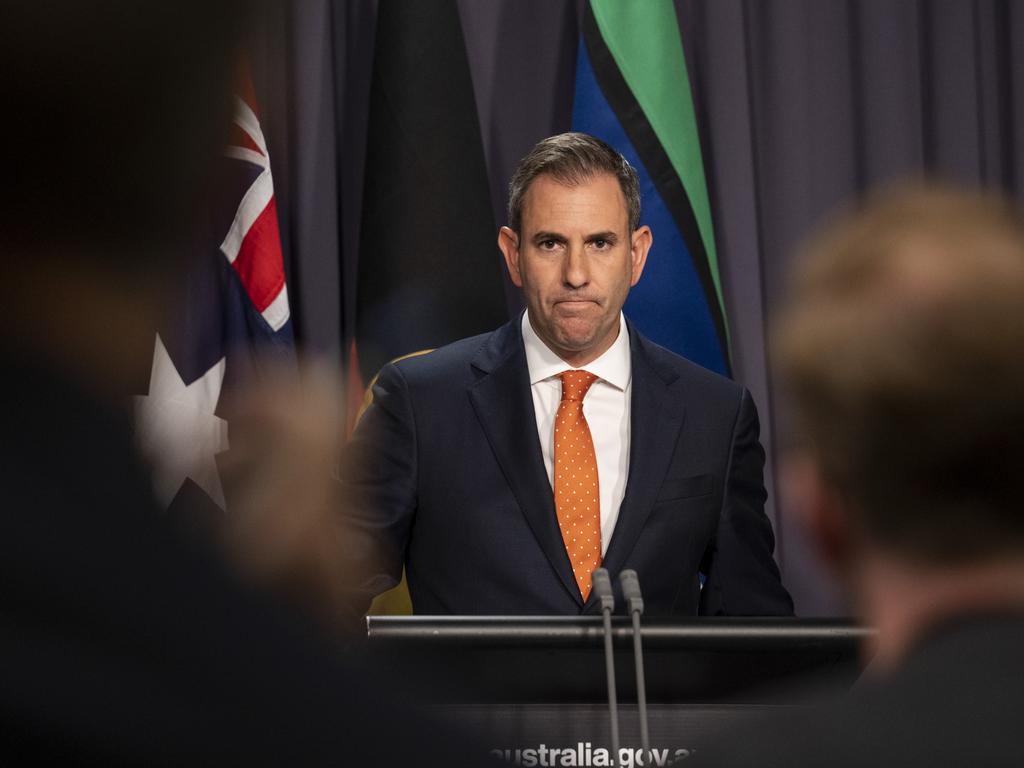Federal budget 2023: Billions on the table but it’s slowly as she goes for defence
Despite warnings of the need for an urgent transformation, the Defence budget is forecast to remain steady.

Defence spending will grow to 2.3 per cent of GDP within a decade to help pay for the nation’s nuclear submarines and new long-range missile capabilities.
But despite warnings of the need for an urgent transformation of the Australian Defence Force to meet unprecedented challenges, the Defence budget is forecast to remain steady for the next four years at about 2 per cent of GDP. Nominal Defence funding will rise by just under 7 per cent in the coming financial year, or about the rate of inflation.
Vital new capabilities will take years to arrive. By June next year, only about $1.6bn is forecast to be spent on new guided weapons for the navy, out of a total $6.3bn program.
Only about $650m is forecast to be spent over the same time period on a $3.2bn program to acquire electronic attack capabilities for the RAAF’s Growler fighter jets. New HIMARS and anti-ship missile systems for the army aren’t even listed in the budget.
The document is also silent on whether Australia will scale back plans to purchase seven Triton unmanned aircraft to patrol the nation’s northern approaches, with just an initial three of the aircraft funded.
But it confirms Defence will get 75 new Abrams tanks and 52 combat engineering vehicles under a $2.2bn program. The tank purchase survived a major cut to the army’s armoured vehicle orders, which reduced a planned 450 infantry fighting vehicle procurement to just 129.
The budget papers reveal an ambitious short-term target to expand the size of the force, forecasting the uniformed workforce will grow by more than 5100 within two years, and by more than 7100 within four, supported by new $50,000 retention bonuses.
It provides details for the first time on $4.5bn worth of initial set-up costs for the nation’s nuclear submarine program, to be spent over the coming decade.
The allocation includes $4.2bn to establish an Australian Submarine Agency, and $127m for an additional 4000 higher education places in science, technology, engineering and mathematics, to support the AUKUS program.
A further $87m will be spent over two years to establish the regulatory and safety framework that will underpin the nuclear submarine program.
The budget includes $19bn in reprioritised funding to support the priorities identified in the defence strategic review, including $9bn for nuclear submarines over the next four years, $4.1bn for long-range missiles and $3.8bn to strengthen the Australian Defence Force’s northern bases.
Defence Minister Richard Marles said: “Australia is facing the most difficult strategic circumstances since the Second World War. To meet these challenges we must invest in Defence, including through the acceleration of important capabilities and activities, and the reprioritisation of those which are no longer fit for purpose.”








To join the conversation, please log in. Don't have an account? Register
Join the conversation, you are commenting as Logout